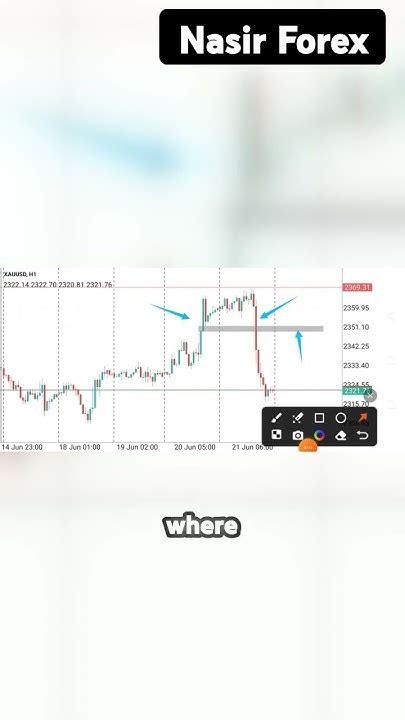How to identify investment patterns for trade close to the protocol (near)
The world of cryptocurrency trade is increasingly complex, with several cryptocurrencies and tokens that experience significant price changes. To navigate the market effectively, it is essential to understand how to identify investment patterns in specific assets, such as the nearby protocol (near). In this article, we will deepen the world of technical analysis and provide guidance on how to detect reversion patterns for close trade.
What are reversal patterns?
Investment patterns refer to a specific type of graphic pattern that indicates an increase or decrease in imminent price. These patterns can be used to predict possible price movements in several assets, including cryptocurrencies. By identifying investment patterns, merchants and investors can make informed decisions about purchase or sale at the right time.
Why is investment patterns important?
Investment patterns trade implies the use of graphics and technical analysis to identify specific patterns that indicate a change in the market direction. These patterns are based on historical data and can be used to predict price movements before they occur. By identifying these patterns, merchants and investors can:
- Increase your possibilities to perform profitable operations : When detecting investment patterns, merchants can anticipate possible increases or price decreases and adjust their positions accordingly.
- Minimize losses : The identification of potential reversions allows merchants to close positions at optimal moments, reducing the risk of significant losses.
Nearest neighbor pattern (NN): a common investment pattern
The closest neighbor (NN) pattern is a fundamental investment pattern that implies that the price moves away from a central point and then returns to that point. In the context of cryptocurrency trade, this pattern can be observed in several ways:
- Price movement : The price moves away from a central point, often a level of support or resistance.
- Return to the central point : The price returns to the central point, indicating a potential reversal.
How to identify investment patterns for trade close to the protocol (near)
To identify investment patterns in close trade, you must analyze the following technical indicators and graphics patterns:
- Pattern of the nearest neighbor (NN) : Note how the price moves away from the central point and then returns to that point.
- Mobile averages (MA) : Use ma graphics to visualize the general asset. If a mobile average is crossovers or divergences, it can indicate a potential investment.
- Relative Force Index (RSI) : The RSI helps identify the overcompra and overall conditions. When the RSI exceeds 70, it can indicate a potential investment.
- Bollinger bands
: Bollinger bands provide additional information on volatility and trend changes.
Example of investment patterns for close trade
To illustrate how to detect investment patterns in close trade, consider an example:
Suppose you are analyzing the price table close (near) for a period of 1 hours. The picture shows a strong ascending trend with the price that reaches the MA and forms a head and shoulder pattern.
The NN pattern becomes evident when it observes that the price moves away from the central point (the upper part of the head and shoulder pattern) and then returns to it, indicating a potential investment.
Processable Ideas

When detecting investment patterns in close trade or any other asset:
- Stay consistent : Investment patterns can be volatile, but consistency is key.
- Use multiple indicators : Combine technical indicators to obtain a more complete view of the market.
- Monitor Pictures over time : Observe how the price and graphics patterns change over time to identify possible reversions.


